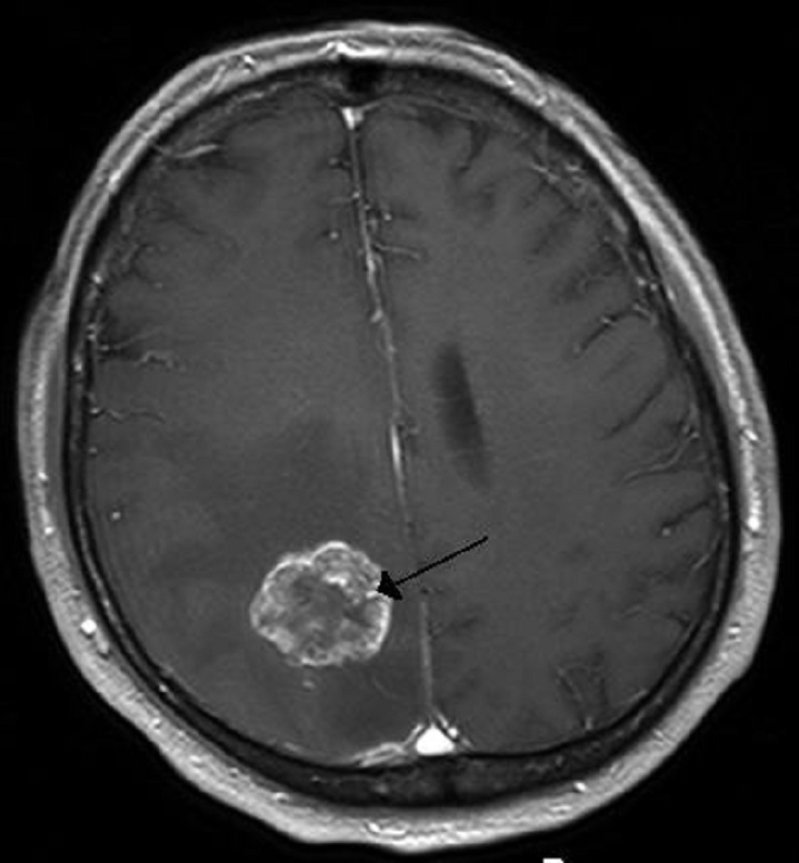
Brain cancer is now the leading cause of cancer death in children, taking the place of leukemia, according to a new report.
The report, released by the National Center for Health Statistics of the U.S. Centers fo Disease Control and Prevention, stated that cancer deaths among kids have seen a 20 percent decline from 1999 to 2014.
“Since the mid-1970s, cancer death rates among children and adolescents in the United States showed marked declines despite a slow increase in incidence for some of the major types,” the report said.
The statistics covers male and female children and adolescents aged 1 to 19 years old. According to the report, the trend has been observed for major cancer types since the mid-1970s.
However, while leukemia used to be the primary reason for cancer deaths among kids and adolescents, it has been overtaken by brain cancer in recent years.
Data showed that almost 30 percent of cancer deaths in kids and adolescents in 1999 were attributed to leukemia and only about 25 percent were attributed to brain cancer. However, in 2014, brain cancer topped the list of the deadliest cancers among children, accounting for 29.9 percent of cancer deaths within the said age group and putting leukemia at second place.
“The shift from leukemia to brain cancer as the leading site of cancer death is a noteworthy development in the history of childhood cancer as it was always leukemia until quite recently," lead author Sally Curtin told Live Science in an email.
The authors cited “major therapeutic advances” in the treatment of some cancers, especially leukemia, as a possible reason for the decline in the number of deaths.
Elizabeth Ward, American Cancer Society’s senior vice president for intramural research, similarly said one reason for the shift could be the recent milestones in treating leukemia, such as developing more effective radiation treatment and bone-marrow transplants, The Washington Post reported.
And while researchers have become more efficient in dealing with leukemia, brain cancer has remained “generally very hard to treat,” Ward said.
The blood-brain barrier makes it difficult to deliver drugs into the brain. Additionally, doctors performing surgery on brain cancer patients need to be very careful so as not to cause damage to healthy brain tissue.
Other types of cancer that caused death among children and adolescents in 2014 were bone and cartilage cancer, which caused 10.1 percent of the total cancer deaths; thyroid cancer and other cancers involving the endocrine gland, which caused 9 percent of cancer deaths; and mesothelial and soft tissue cancers, which caused 7.7 percent of cancer deaths.
Kidney and renal pelvis cancers only caused 1.8 of the total cancer deaths in 2014.







